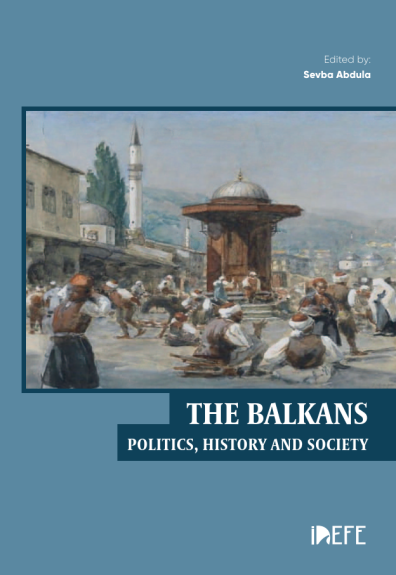Editorial Publishings
The Lands Everyone Wants to Know But No One Knows Exactly: Cartography Race in the Balkans
Authors
-
Dr. Özge KobakIzmir Katip Çelebi University
Synopsis
The emergence of modern state concepts strengthened regionalism, elevated the sanctity of borders to its peak, and sparked a sense of territorial nationalism within the Ottoman Empire. The notion that land, which is fundamentally a cul-tural entity, could one day be lost led to the exploration of various methods to preserve it. Maps became one of the most significant tools for proclaiming the sovereignty of the modern state. This idea was supported by ideological appa-ratuses such as the education system and the military, and efforts were made to academically study geography. Maps, as physical products reflecting the reality of land and borders, also contributed to the formation of national identity.
Boundary maps, which became a main component of the Ottoman Empire’s “ge-ographical body” (Winichakul, 1997: 57-61), were introduced into the Ottoman world as official treaty annexes with the Treaties of Karlowitz in 1699, Passa-rowitz in 1718, and Belgrade in 1739 (Altić, 2022: 89-216). By the 18th century, boundary maps had become a standard annex to peace treaties. The Ottoman Empire’s most significant collaboration regarding boundary maps, arising from wars and treaties, was with Austria. However, Austria’s systematic cartographic activities over Balkan territories only became feasible during the Crimean War
Downloads
Publication Information
-
Publication TypeChapter
-
Volume
-
Pages347-365
-
Series
-
Series PositionResearch 9
Abdula, S. (Ed.). (n.d.). The Lands Everyone Wants to Know But No One Knows Exactly: Cartography Race in the Balkans. In The Balkans Politics, History and Society: Vol. Research 9 (pp. 347-365). Idefe Publications. https://doi.org/10.51331/EB06.22OK
